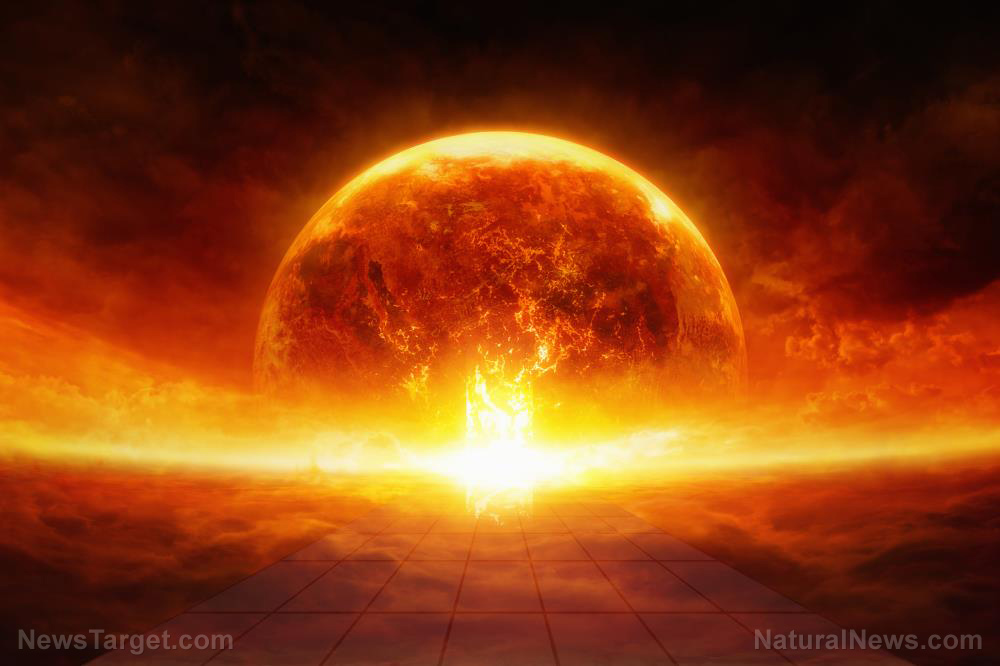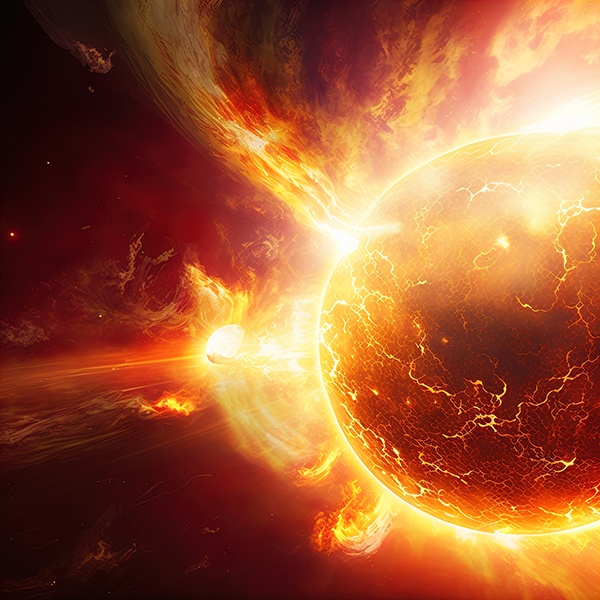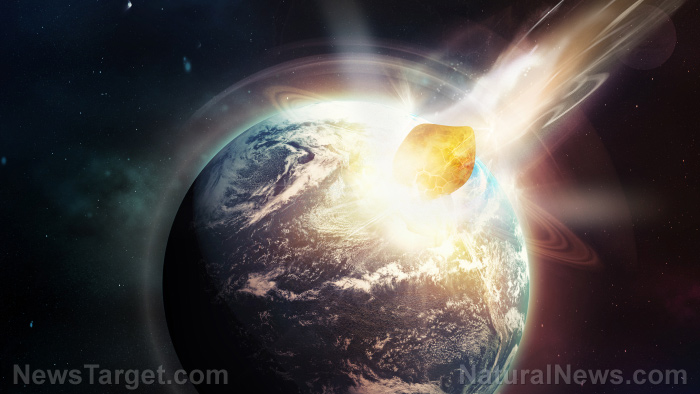
A recent study published in the Astrophysical Journal has found large quantities of prebiotic molecules around massive protostars. Using an airborne telescope, the Stratospheric Observatory for Infrared Astronomy (SOFIA), an international team of researchers detected chemical fingerprints suggesting the presence of these molecules, which are considered essential ingredients to life.
“It turns out that these stars are like chemical factories churning out molecules important for life as we know it and we just needed the right kind of observations to see them,” said lead author Andrew Barr of Leiden University in the Netherlands.
Organic molecules in disk of gas and dust
The researchers studied two massive protostars, AFGL 2591 and AFGL 2136. The young stars, located in their respective constellations Cygnus and the Juggler Nebula, are both surrounded by rotating disks of gas and dust. They feed off these disks, gathering mass before becoming full-fledged stars. The remaining material may condense to form planets and other cosmic bodies.
Using SOFIA’s infrared instruments, the team discovered signatures of certain organic molecules, including water, ammonia, methane and acetylene, in the planet-forming regions of the disks. These molecules are considered the building blocks of larger and more complex organic molecules.
They also found that the disks’ inner regions are heated from the inside out, transforming the chemical composition of the gas surrounding the protostars and creating new substances.
Astronomer Klaus Pontoppidan of the Space Telescope Science Institute in Maryland, who was not part of the study, commended the team’s use of SOFIA to detect the presence of simple organic compounds.
He’s part of a project that will study the formation of sun-sized stars using the National Aeronautics and Space Administration’s James Webb Space Telescope. Because massive star formation is likely a scaled-up version of what’s occurring in smaller stars like the sun, the study’s findings can provide crucial insights that will benefit the James Webb project.
“One of the most important goals of both Webb and SOFIA is to understand the origins of stars and planets – and ultimately ourselves,” said Pontoppidan. (Related: The search for Earth II: Three new French telescopes are searching the stars for another planet like ours.)
Exploring how organic molecules are formed
Another study, published in the Astrophysical Journal, lends credence to the SOFIA findings. A pair of researchers from the University of Arizona suggests that complex organic molecules may be everywhere in the interstellar clouds that give birth to stars. They add, however, that these molecules likely appeared even before the formation of protostars.
The researchers looked for infrared signatures of methane and acetaldehyde in a stellar nursery – a region in the cosmos where stars are born – known as the Taurus molecular cloud. Located about 440 light-years from Earth, the Taurus molecular cloud harbors several pre-stellar cores – dense concentrations of gas and dust that could become protostars.
The team surveyed 31 pre-stellar cores using the Arizona Radio Observatory’s 12-meter dish telescope. They found methanol in all pre-stellar cores and acetaldehyde in 70 percent of them. This suggests that complex organic molecules are abundant and widespread in the regions, the researchers said. And because pre-stellar cores have yet to generate enough heat to create these molecules, they suspect that other processes must be at play.
“Inside these cores,” said lead author Samantha Scibelli of the Department of Astronomy and the Steward Observatory, “the conditions are such that it’s hard to even create these molecules.”
The researchers said that their findings could help narrow down the possible theories explaining where and how prebiotic molecules were created.
Read more articles exploring how life evolved in space at Cosmic.news.
Sources include:
Please contact us for more information.





















